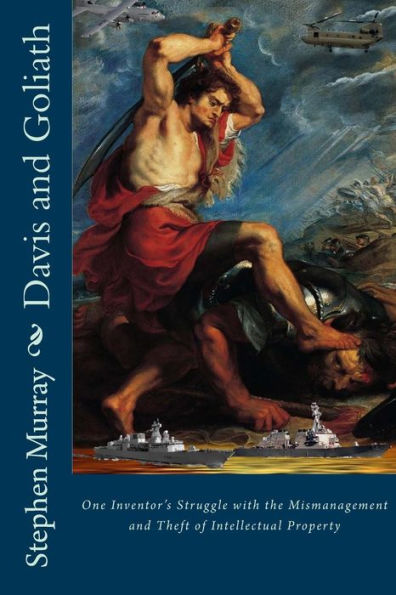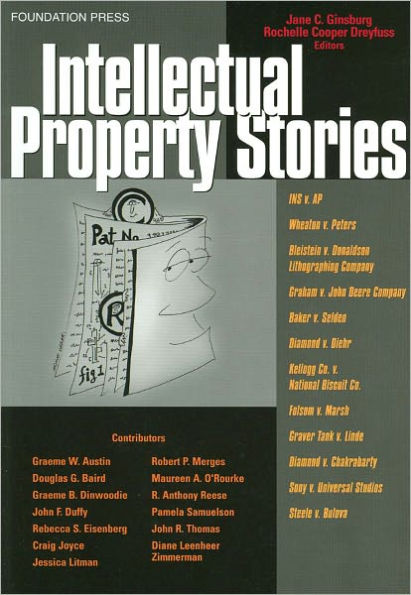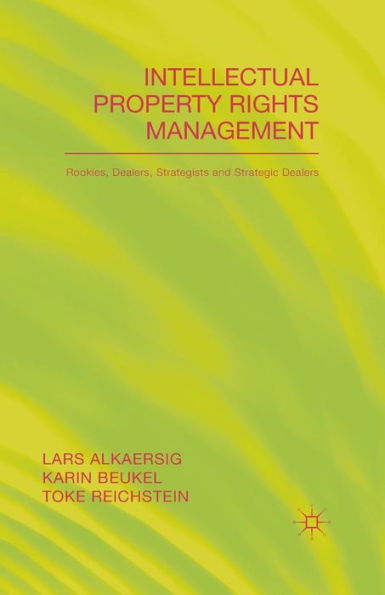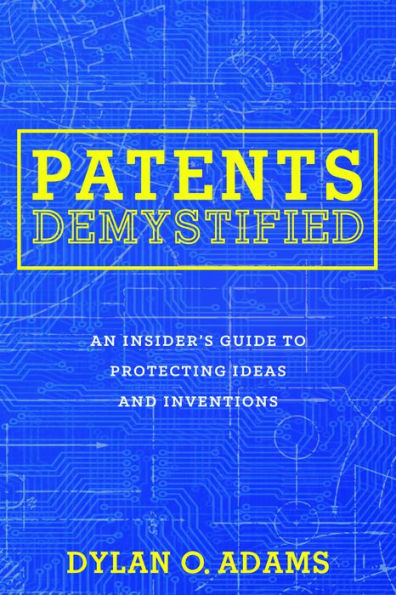Home
Davis and Goliath: One Inventor's Struggle with the Mismanagement and Theft of Intellectual Property
Loading Inventory...
Barnes and Noble
Davis and Goliath: One Inventor's Struggle with the Mismanagement and Theft of Intellectual Property
Current price: $22.95


Barnes and Noble
Davis and Goliath: One Inventor's Struggle with the Mismanagement and Theft of Intellectual Property
Current price: $22.95
Loading Inventory...
Size: OS
*Product Information may vary - to confirm product availability, pricing, and additional information please contact Barnes and Noble
This book is a historical accounting of Canada's R&D programs in infrared signature suppression (IRSS) for military platforms, particularly warships and tactical helicopters. The R&D program that took place at Defence Research Establishment Suffield (DRES) between 1975 and 1980 is detailed. The Canadian Navy was preparing to build new City class patrol frigates and to refit existing Tribal class DDH-280 destroyers at the time. The most significant infrared (IR) emitter on a warship is the hot engine exhaust ducts. An IRSS system capable of preventing heat-seeking missiles from detecting warships was invented. The "DRES Ball" is a cooled exhaust system with optical blockage. It was patented in 1982 and later licensed to W.R. Davis Engineering Limited ("Davis"). The DRES Ball was installed on all Canadian Patrol Frigates and a light-weight variant, known as the "Eductor/Diffuser," was installed on all DDH-280 destroyers. Both maritime systems were adapted for use on tactical helicopters and 30 Canadian CH-146 "Griffon" helicopters are fitted with these systems today. Davis was involved in all of this work under contracts with the Canadian Department of National Defence (DND) in which DND retained ownership of all intellectual property (IP).Software dubbed "ShipIR" was developed to model the IR signature of warships beginning in 1992. A module known as the Naval Threat Countermeasures Simulator (NTCS) was also developed capable of modelling the engagement between a warship and an incoming IR-guided missile. ShipIR/NTCS was developed by Davis under contracts with DND. It has been the NATO standard software for IR studies for the last two decades.Having addressed the most significant IR emitters on warships, attention turned to the problem of IR radiation from sun-heated surfaces of the ship. This work began in 2003. The Onboard Signature Manager allows the ship operator to control the ship's IR signature in real time. The ship's skin is divided into zones that are fitted with temperature sensors and spray nozzles. Sea water is sprayed on the skin to maintain a temperature that enables the ship to blend in with the sky/sea background. A sea water injection system was also developed that further cools the exhaust gases from the ship's engines. These Davis proposed concepts were reduced to practice under contracts with DND. The second theme and major focus of the book is on the mismanagement of the IRSS intellectual property (IP) by Canadian Patents and Development Limited (CPDL) and DND as well as the unauthorized use and misappropriation of that IP by Davis. The book describes a 22-year long dispute between DND and the inventors that began with letters of complaint, the filing of formal grievances, and finally the conduct of a Crown-funded Independent Review intended to settle the matter. The Independent Reviewer concluded that serious communication problems within government had resulted in a deficient license being issued to Davis. The license had also been poorly administered and not enforced. The Reviewer was also critical that the license duration was the term of the patents rather than the useful life of the technology. The Reviewer recommended that: (i) Davis be approached to amend the license retroactively and that legal action be taken if Davis refused to do so, and (ii) the inventors be compensated for unrealized royalties. Neither recommendation was implemented. The inventors subsequently filed a lawsuit against DND and Davis. The suit was dismissed more than 14 years later on the basis of undue delay. A second law suit for solicitor's negligence was filed after Davis was able to extricate himself from the action due to a procedural error. That suit was eventually settled by the Alberta Lawyers Insurance Association. Davis has sold an estimated $1B worth of IRSS products world-wide. The inventors have only received about $6,000 in royalties under the terms of the Public Servants Inventions Act.


















